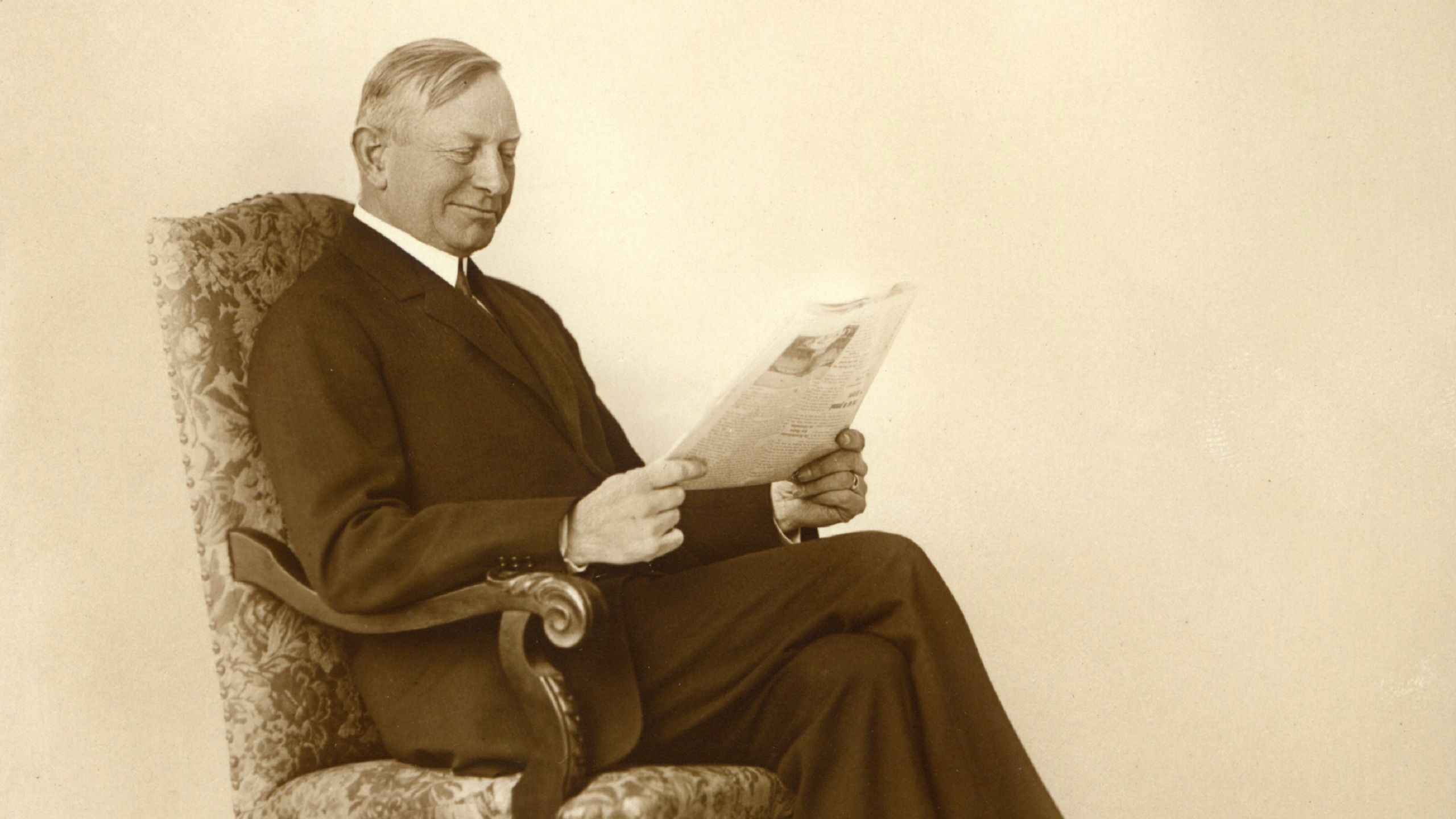
1904
The Mærsk family companies
From a one-ship limited company to the beginnings of the A.P. Moller Group – an overview of the business initiatives from 1886 to 1920.
Looking across the period, it is clear there was no firm strategy for the establishment of new business activities; rather an entrepreneurial drive to make the most of opportunities as they arose in the market.
Captain Peter Mærsk Møller
Was an experienced ship owner – in sailing ships – when he made the decision to move from sail to steam in 1886. The first independent company in the Møller family was the Steamship Company Laura; a one-ship limited company. The small steamer ‘Laura’ provided the bread and butter for Anna and Peter Mærsk Møller and their ten children.
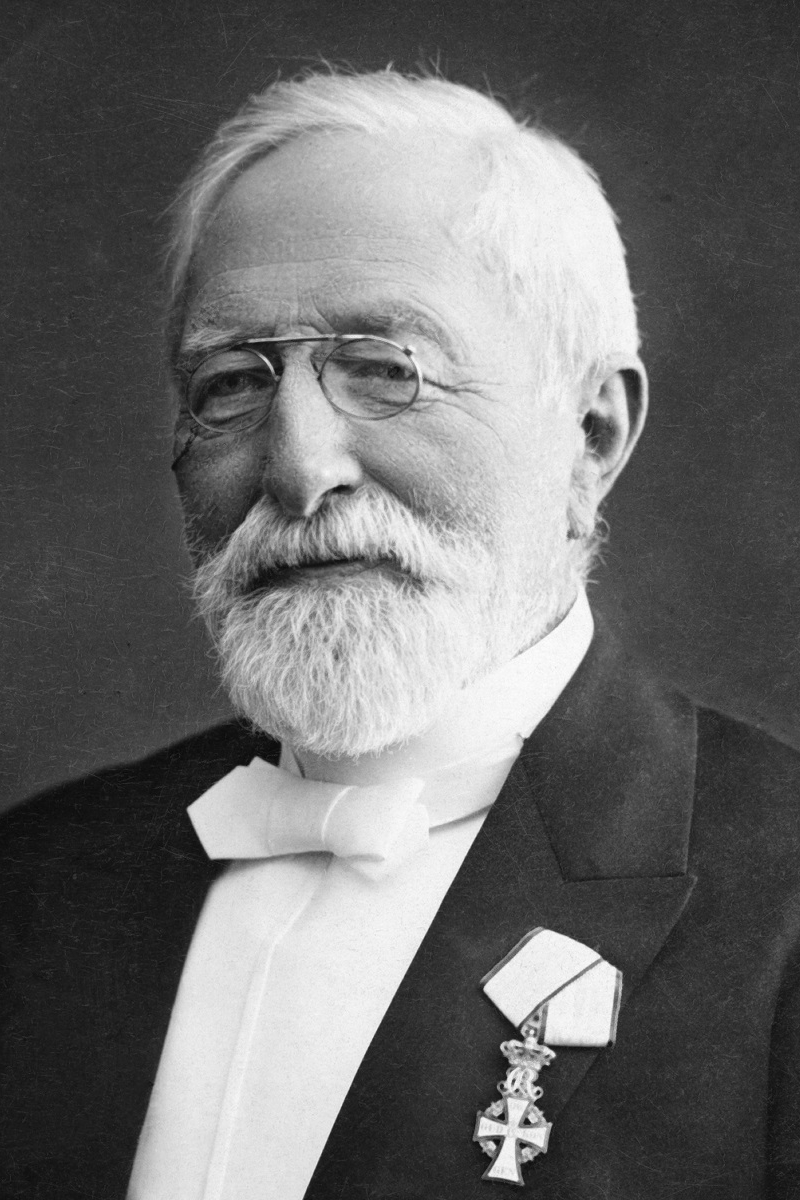
Villa Anna
Undoubtedly, the daughters of the family played a big role in running the business while the captain was away from ‘Villa Anna’ in the family hometown of Svendborg. But of course, at that time, the four sons were encouraged to take up formal roles in the family company.

The sons of Peter Mærsk Møller
The oldest became a navigator like his father and would eventually become the master of ‘Laura’. The next son became an engineer and the youngest went into shipbuilding. However, it was the third son, A.P. Møller, who was to be the initiator of new business ventures.
After employment in various trading houses and shipping companies at home and abroad during the 1890’s, A.P. Møller returned to Denmark to head the chartering department of the shipping company C.K. Hansen. A.P. Møller secured himself the right to operate a number of ships privately, and he set up the Steamship Company Svendborg in 1904, strongly supported by his father. The fleet had only three ships when A.P. Møller decided to pursue faster growth with a new company in 1912.
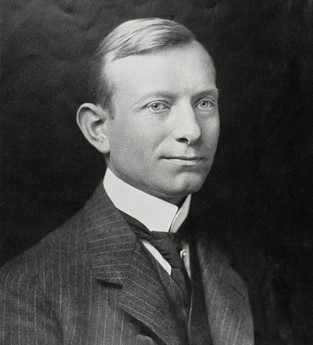
A.P. Møller
Set up a small office in the early part of 1913 aiming to expand the tramp shipping activities with the chartering and brokerage of vessels. The timing turned out to be exactly right as the political developments led to the First World War and unusually favourable commercial conditions.
The Maersk shipping companies benefitted and in 1918, A.P. Møller was able to realise an old ambition by establishing the Odense Steel Shipyard (in operation until 2012). The ambition was to combine shipping with shipbuilding – the basic idea was to “build ships using our companies’ shipping experience and sail them when prices are low”.

New York
Continuing a gradual expansion into the American markets, in 1919 A.P. Møller opened the first overseas office in New York.
After being self-employed for seven years, A.P. Møller had established himself as a leading shipowner in Denmark. The fleet comprised 17 steamships, the chartering and brokerage activities were significant, and the shipyard delivered its first new-building in May 1920.
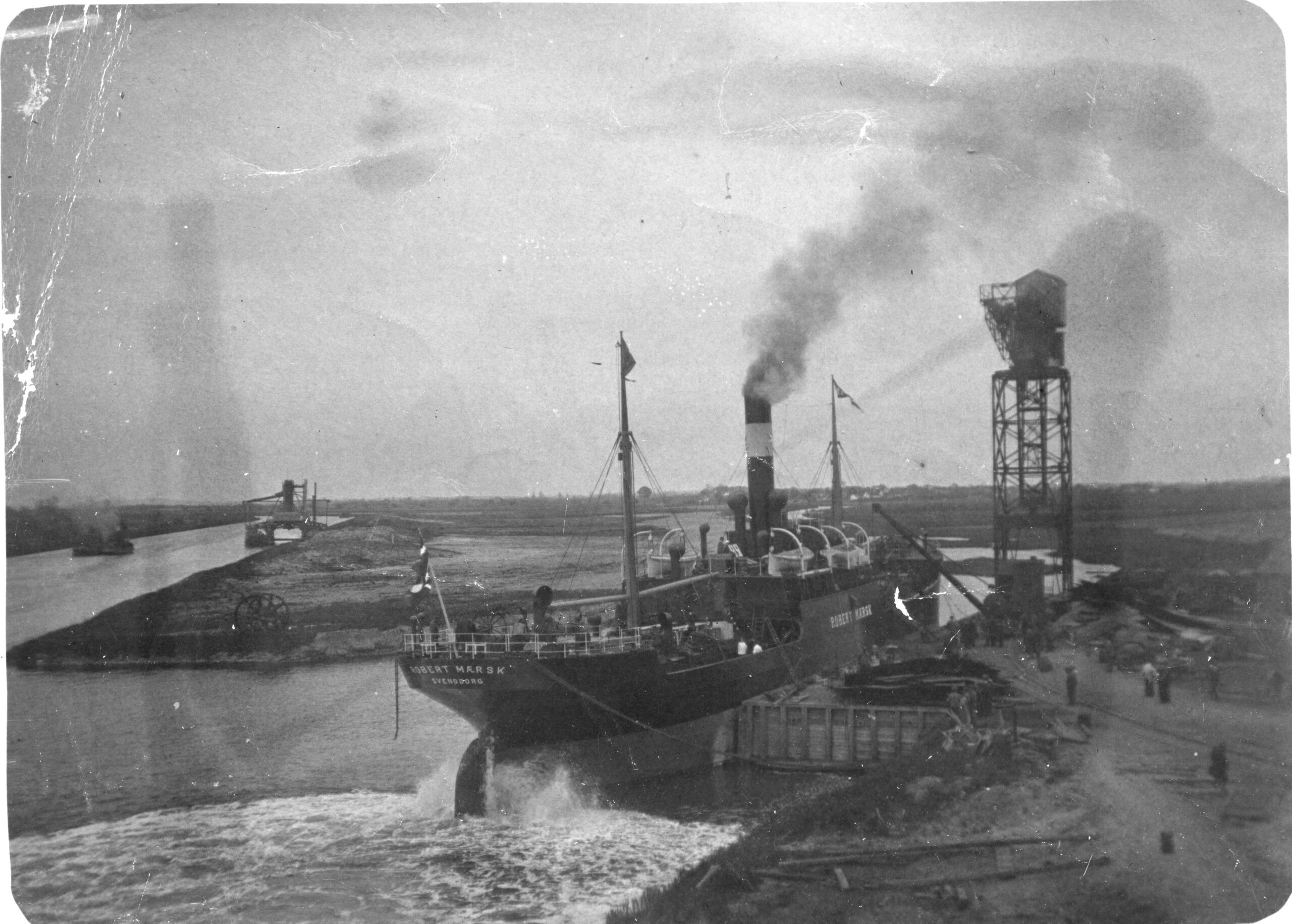
1886
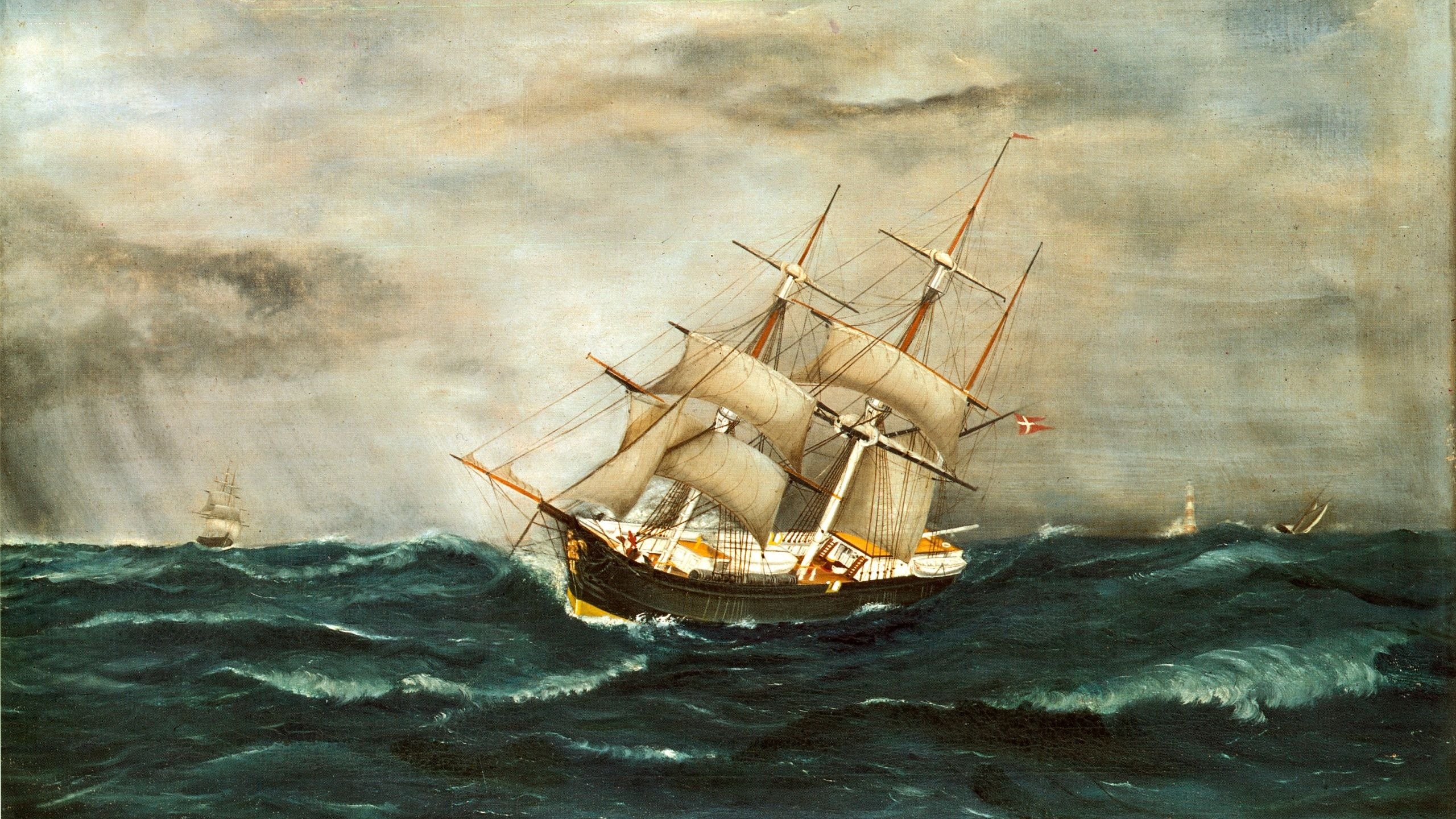
Five generations of the Mærsk family
Based on more than 20 years of experience as a captain on sailing ships, Peter Mærsk Møller acquired the small steamer ‘Laura’ and took the family company from sail to steam.
1904

The Mærsk family companies
A.P. Møller, strongly supported by his father, captain Peter Mærsk Møller, established the Steamship Company Svendborg, the forerunner of today’s A.P. Moller – Maersk.
1912

The calculated risk – starting a business
A.P. Møller founded the Steamship Company of 1912. The objective was to create a base for growth.
1913

Growth and consolidation
A.P. Møller set up a small office to act as the manager of the fleets of the Svendborg and 1912 companies. The first transactions in brokerage of ships and cargoes took place.
1928

A.P. Møller was asked by the Danish government to take up the presidency of Danske Bank
He remained the Chair until 1952, taking the bank from public to private ownership. During this time, A.P. Møller and the shipping companies invested in the bank.
1940
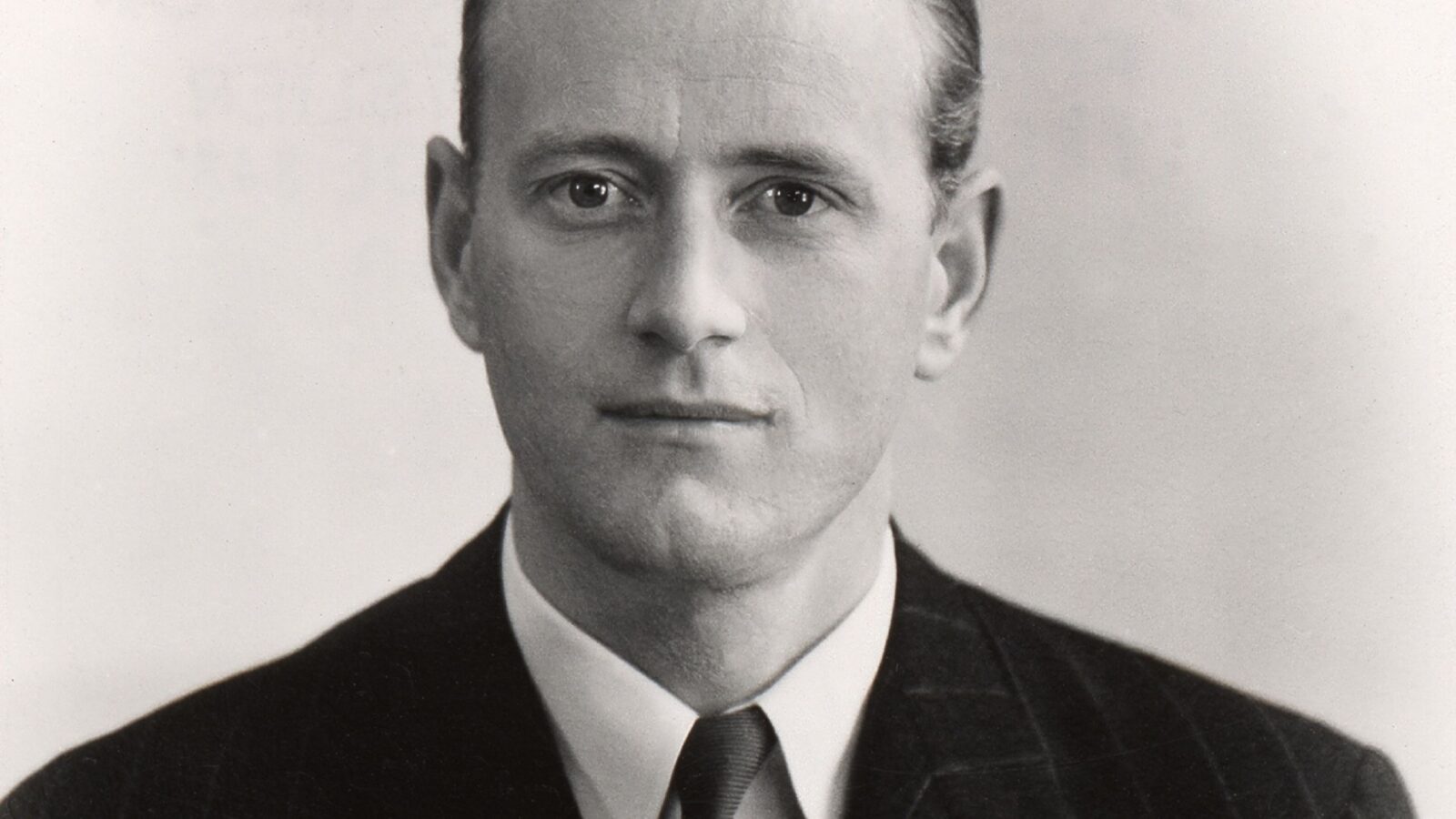
The family partnership
Mærsk Mc-Kinney Møller became a partner in “Firmaet A.P. Møller”.
1953

The A.P. Moller Foundation as an owner
The A.P. Moller Foundation was established to ensure a long-term, stable ownership structure of the Maersk activities. A.P. Møller was the Chair, and Mærsk Mc-Kinney Møller was a board member.
1962
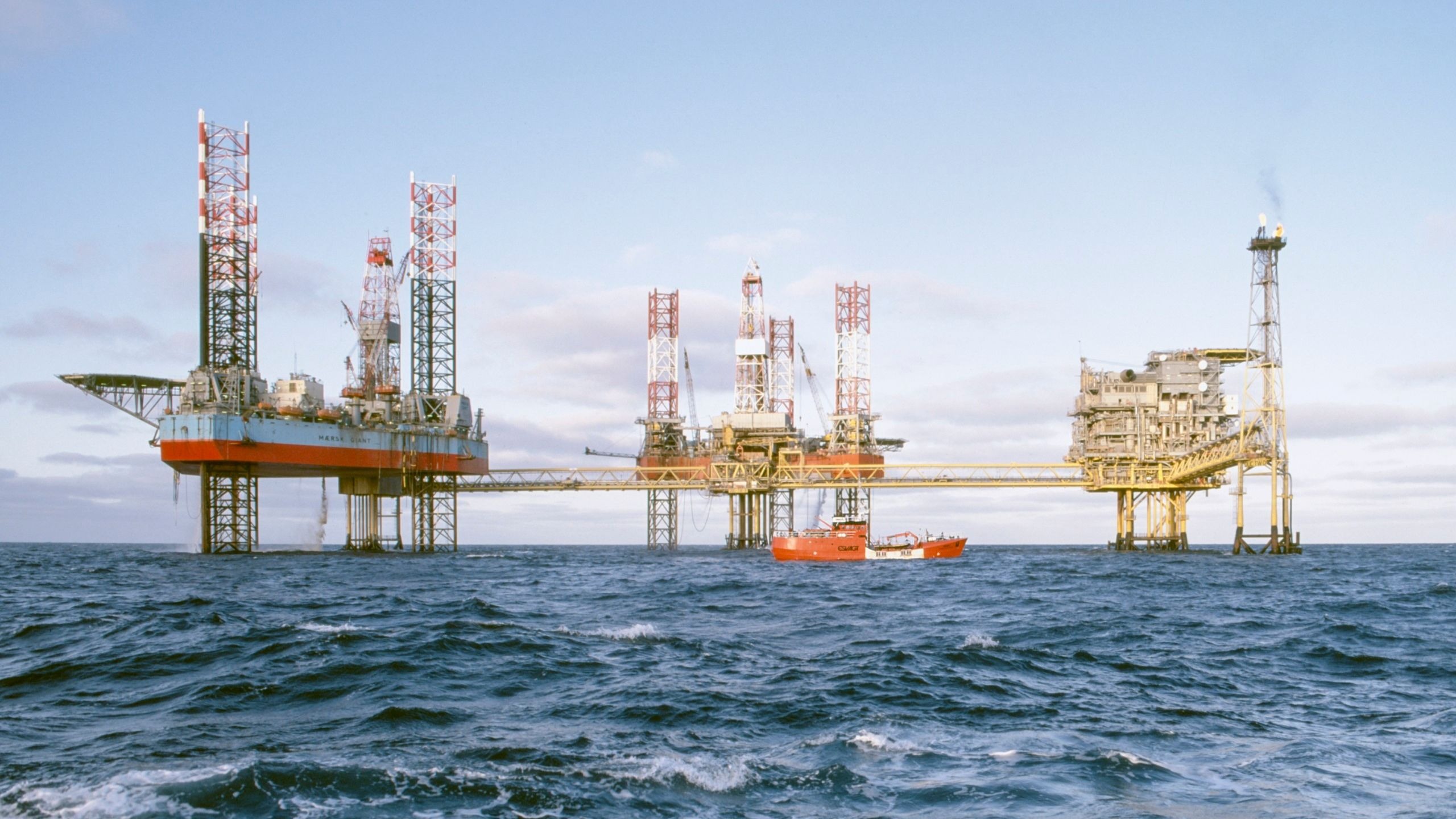
Into energy - for the greater good
A.P. Møller, together with the Steamship Company Svendborg and the Steamship Company of 1912, was awarded the concession for exploration and extraction of raw materials in the Danish underground.
1965

Mærsk Mc-Kinney Møller
Mærsk Mc-Kinney Møller became senior partner and Chair of the Svendborg and 1912 companies, the shipyard, other companies and the foundations after his father, A.P. Møller’s death on 12 June 1965.
1970
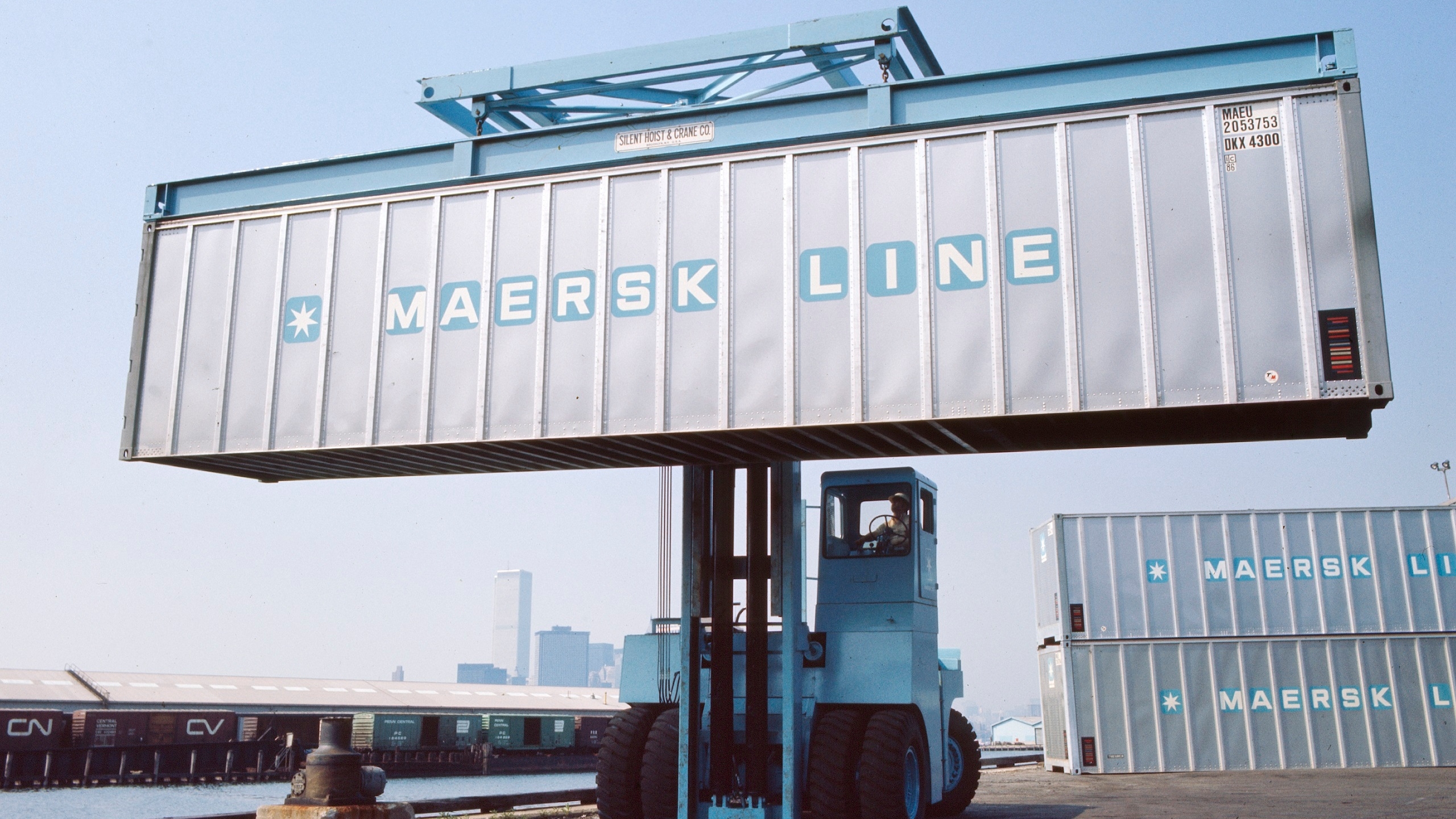
A strategy for the A.P. Moller Group
The direction for the next 45 years of expansion was laid in a strategy for The A.P. Moller Group.
1986

Engagement over time – the family in the Foundations
Ane Mærsk Mc-Kinney Uggla became a member of the board of the A.P. Moller Foundation, today’s owner of A.P. Moller Holding.
1993
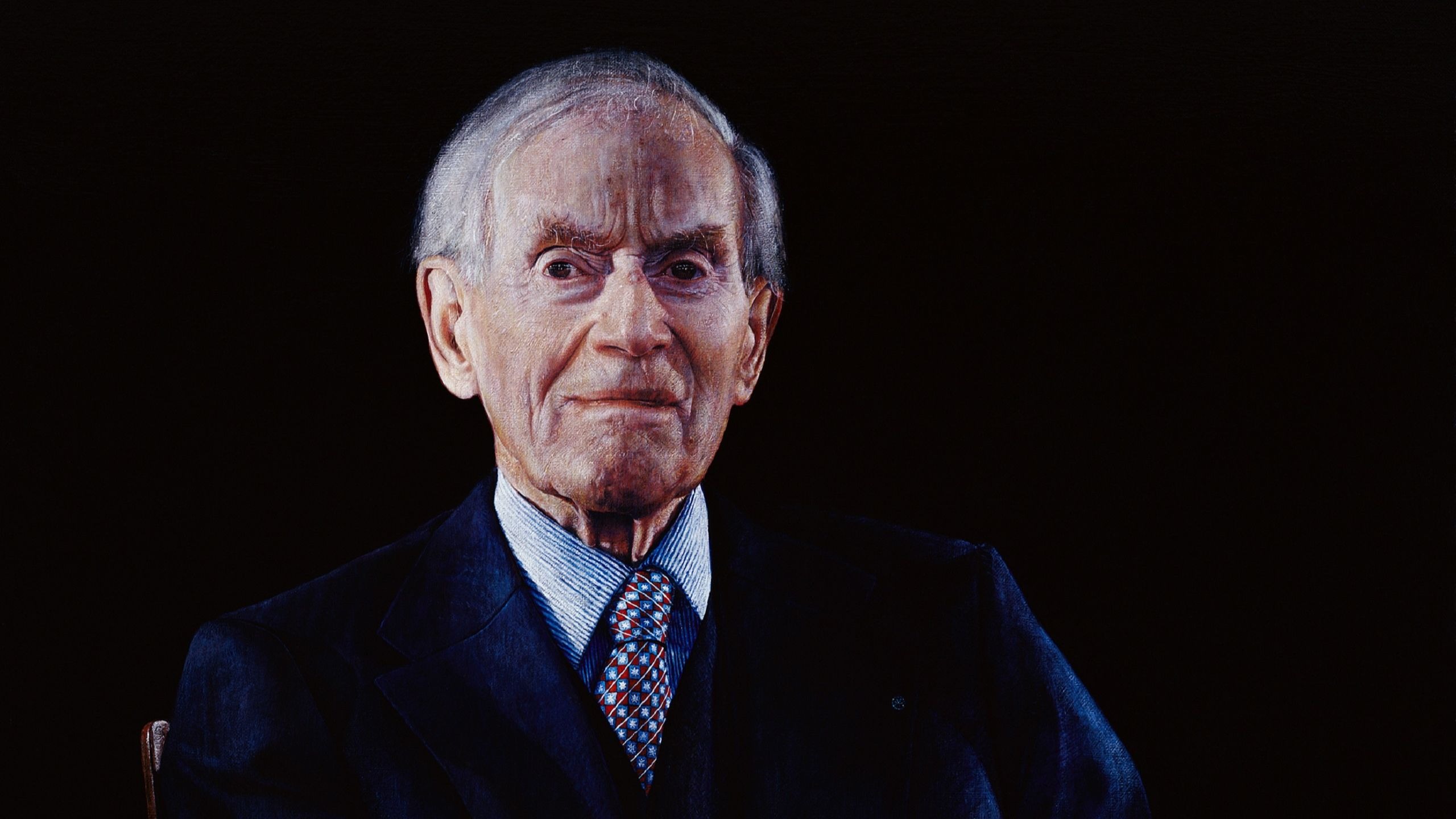
After 28 years at the helm of the Group, Mærsk Mc-Kinney Møller stepped down from daily management.
Mærsk Mc-Kinney Møller remained Chair of the Foundations, the Svendborg and 1912 companies and the Odense Steel Shipyard.
2003

The origin of the Core Values
Mærsk Mc-Kinney Møller retired from most presidencies in the A.P. Moller – Maersk Group. Ane Mærsk Mc-Kinney Uggla became the Co-chair of A.P. Moller – Maersk. Mærsk Mc-Kinney Møller introduced the five Core Values, based on his father’s leadership principles.
2012
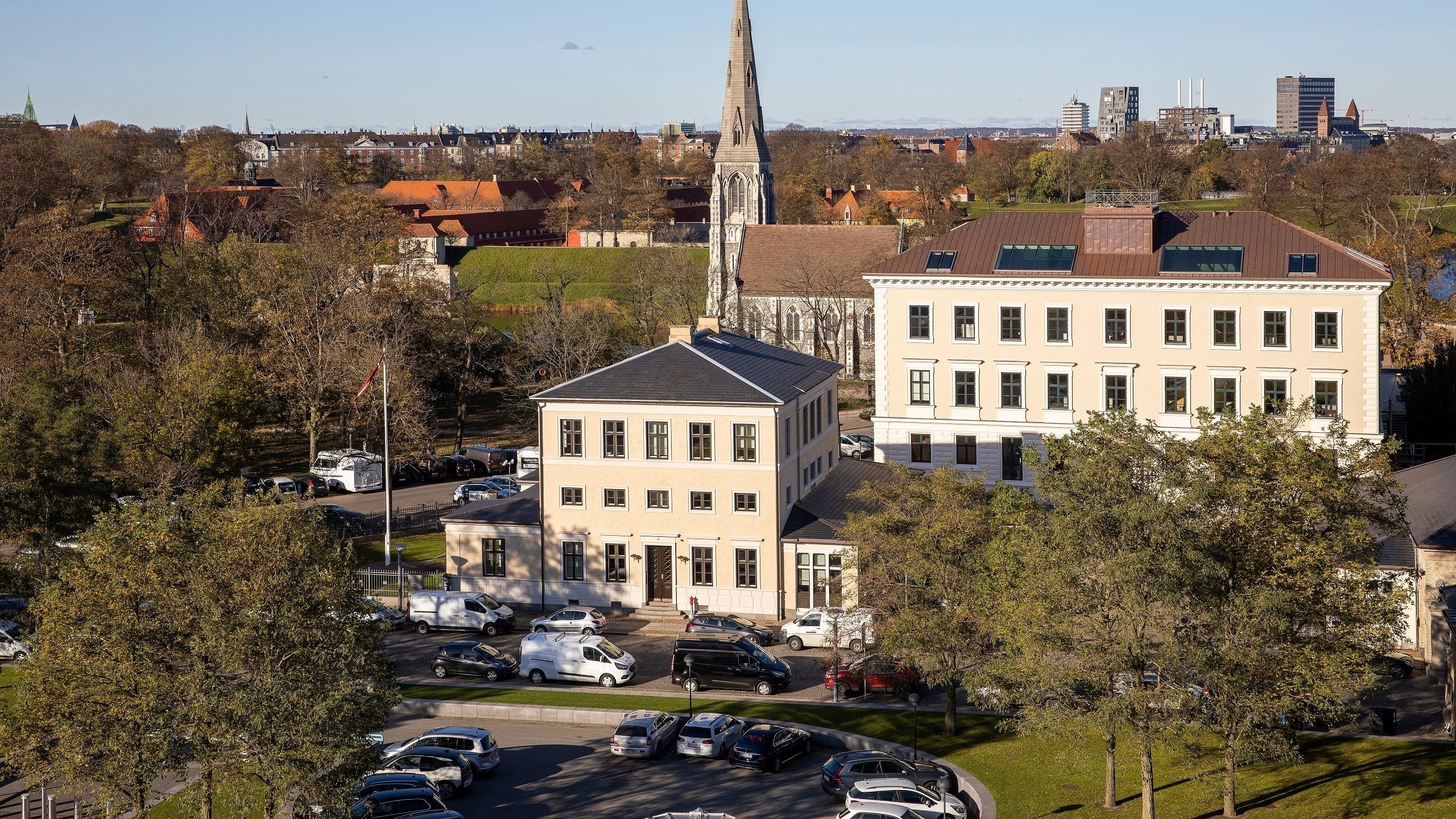
Ane Mærsk Mc-Kinney Uggla
Ane Mærsk Mc-Kinney Uggla became the Chair of the A.P. Moller Foundation when Mærsk Mc-Kinney Møller died on 16 April 2012.
2013
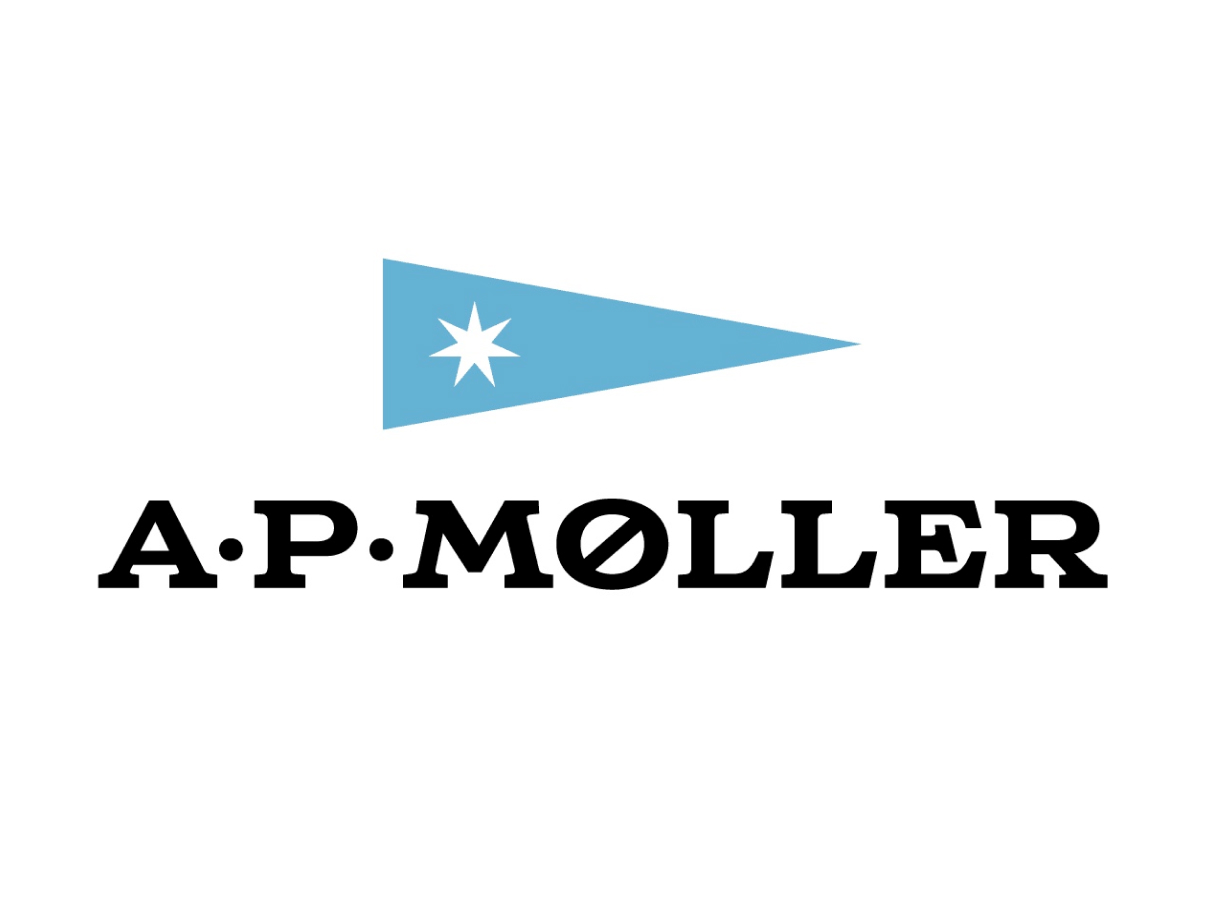
A.P. Moller Holding was established to act as the investment arm of the A.P. Moller Foundation
The majority ownership of A.P. Moller – Maersk was transferred to A.P. Moller Holding from the A.P. Moller Foundation. Ane Mærsk Mc-Kinney Uggla became the Chair of A.P. Moller Holding.
2015

A.P. Moller Holding
Adding to its 2.98% holding, A.P. Moller Holding acquired 15% of Danske Bank’s total share capital as part of A.P. Moller – Maersk’s divestment of the same. Following the 15% acquisition, A.P. Moller Holding bought an extra 2.02% to fulfill the ambition of a total ownership of 20%.
2016

Robert M. Uggla
Robert M. Uggla became the CEO of A.P. Moller Holding. A.P. Moller – Maersk was restructured into two independent divisions; an integrated Transport & Logistics division and an Energy division.
2017

The Africa Infrastructure Fund
The Africa Infrastructure Fund was established by A.P. Moller Capital, which was founded to manage stand-alone funds focusing on infrastructure in emerging markets. Maersk Tankers was acquired by A.P. Moller Holding from A.P. Moller – Maersk.
2018
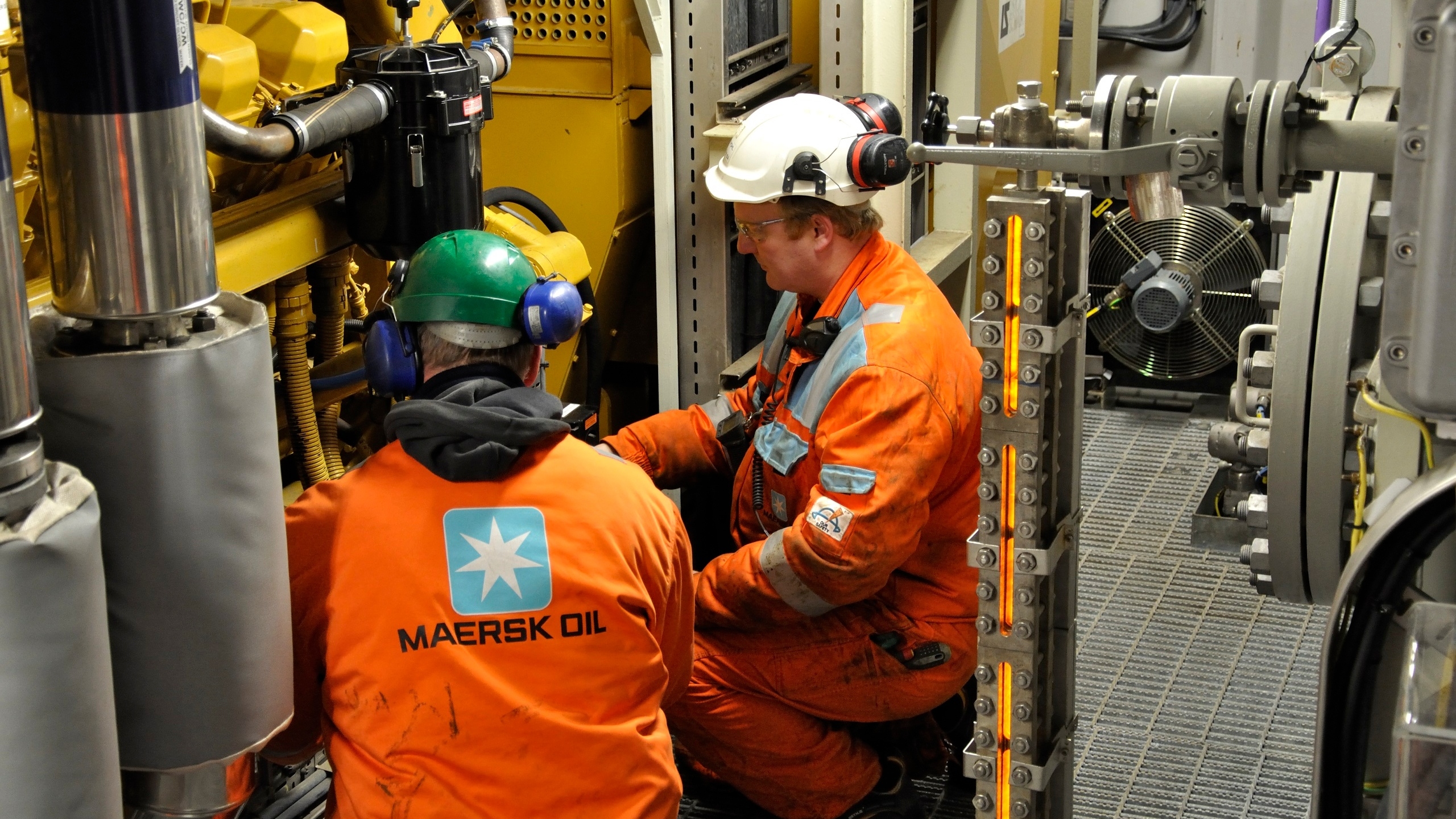
Maersk Oil
Maersk Oil was divested from A.P. Moller – Maersk to Total S.A.
2019
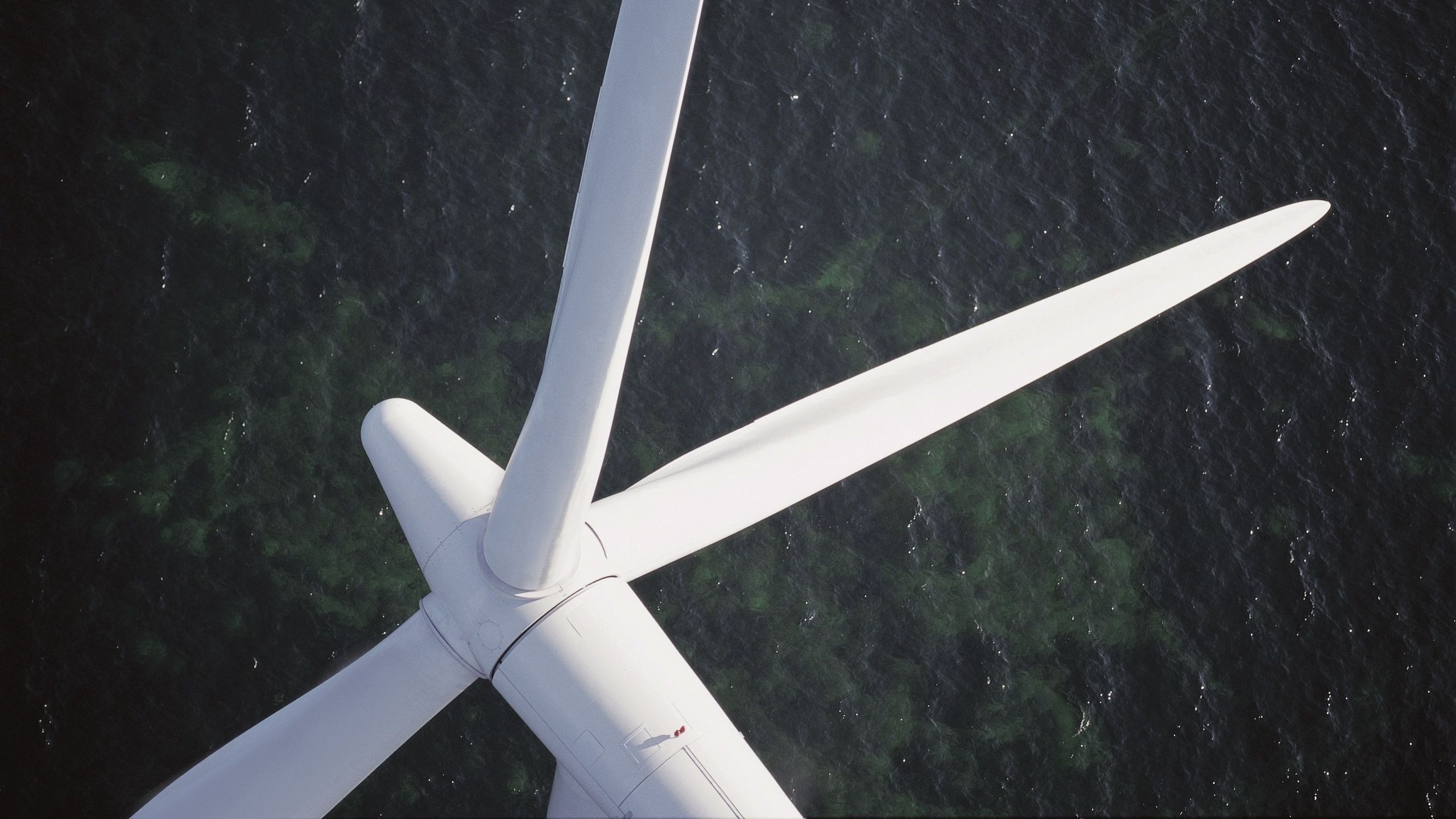
Maersk Drilling
At the public listing of Maersk Drilling, A.P. Moller Holding retained a 41.26% share of the company. A.P. Moller Holding acquired KK Group.